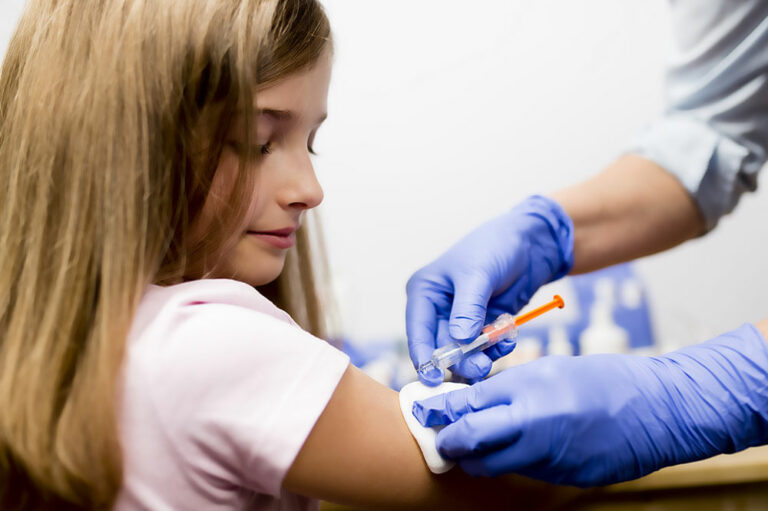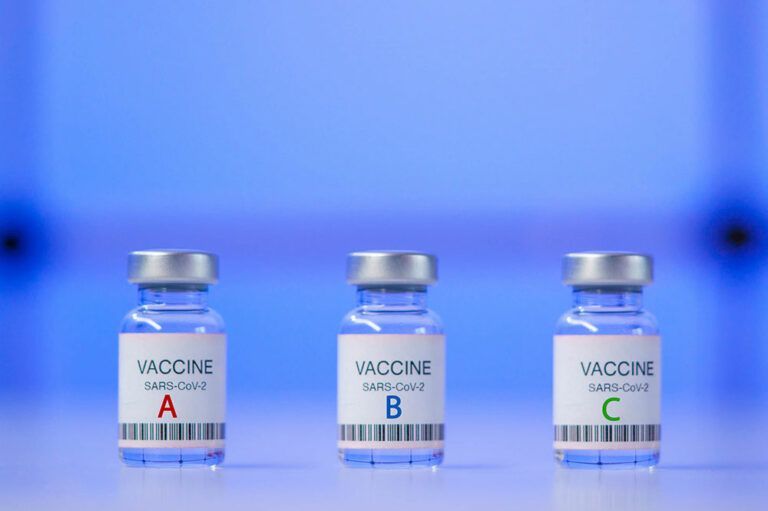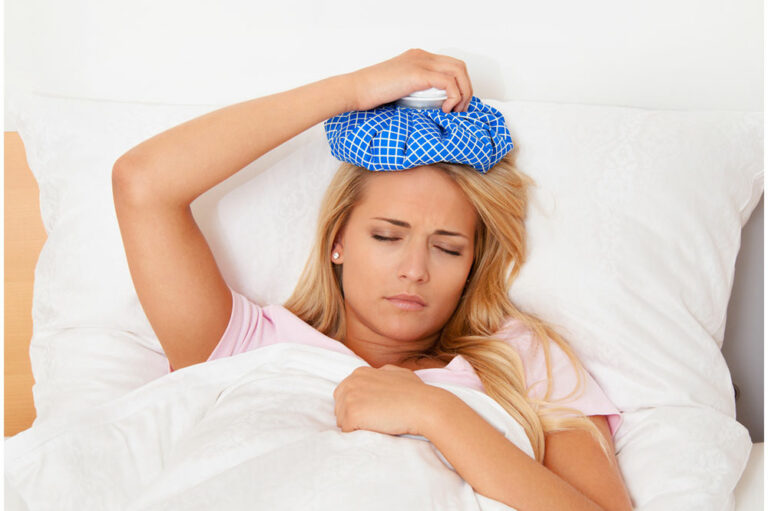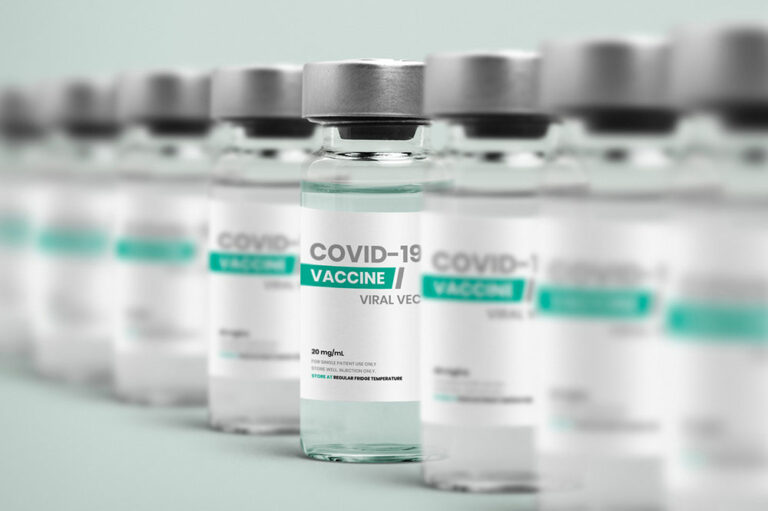
Health
10 Signs of Excessive Sugar Intake That Can Cause Health Issues
In today’s fast-paced world, sugar-laden temptations lurk around every corner, often disguised as delightful treats or comforting beverages. The prevalence of high sugar consumption has given rise to a myriad of health concerns, ranging from diabetes to heart disease and beyond. In this article, we will explore the health issues brought about by excessive sugar intake and the subtle signs that may indicate an individual is unwittingly overindulging in this sweet yet harmful substance. Thanks to the advancement in health research, high blood sugar can be managed with healthy eating, blood glucose monitoring, exercising regularly, and insulin therapy. In more serious cases, surgery may also be advisable. One can visit a healthcare professional for a detailed diagnosis and treatment plan. By seeking timely intervention, those with diabetes can pave the way for a healthier future. Signs of excessive sugar intake An individual who has too much sugar might show certain signs, as mentioned below: Frequent sugar cravings Individuals struggling with a sugar addiction often experience persistent cravings for sugary foods and drinks. These cravings may signify that the body has grown accustomed to elevated sugar levels, initiating a consumption cycle and an insatiable desire for sweetness. Difficulty concentrating Sharp fluctuations in blood sugar levels can impair cognitive function.
Read More 





